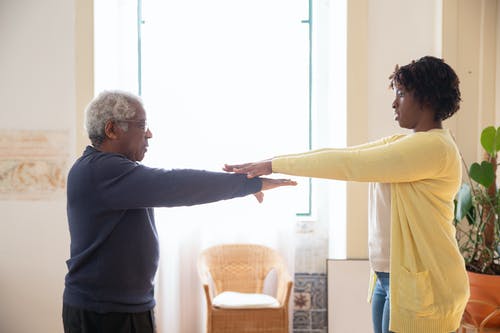Why Fall Injuries And Deaths In Nursing Homes Are Extremely High
Fall injuries and deaths are way higher than they should be for older people. These injuries are especially common in nursing homes, where the staff should handle them. There are continuing technologies in the mobility and health sector, yet the nursing home’s rates do not stay the same. Below are some of the reasons why the number of falls are not getting better.
Medications
Certain medications can cause drowsiness, dizziness, impairment, and loss of appetite, affecting motor functions. SSRI/SNRI medications were some of these drugs that are associated with an increased risk of falls. Serotonin and norepinephrine reuptake inhibitors (SNRIs) are commonly used for depression and pain relief. They often cause dizziness and appetite suppression.
Dizziness will inevitably cause an increase in falls, especially when paired with other impairments, understaffing, and poor facility design. Appetite suppression can affect the elderlies’ diet, causing them to eat food with low protein and high calories. This diet will result in low muscle retention and excessive fat increase.
Cognitive Impairment
Alzheimer’s and non-Alzheimer’s cognitively impaired residents will most likely have a higher risk of falling than other cognitively healthy residents. Their impairment may also negatively affect motor functioning, the number of medications they are taking, or the physical fitness associated with poor mental health.
Visual Impairment
Vision impairment is another reason for falls in nursing homes. They may not be able to find or get to their glasses in time. They may also be too proud to use their glasses. However, their vision impairment directly affects their ability to see their surroundings, making out steps, things on the floor, or floor type. Vision problems are also commonly associated with other diseases that may affect mobility and health, like diabetes, heart disease, and strokes.
Understaffing
Not having enough staff to take care of the residents leaves them at an increased risk for falling. If there are not enough staff to take care of the residents, the residents will resort to relying on their capabilities to get what they want. They may get up to get things or use the restroom more often because they do not want to wait for a staff member to get done with another resident. As a result, as unsupervised movement increases, falls also increase. These kinds of falls can be the nursing home’s fault, and you may require a nursing home fall lawyer to get claims.
Poor Facility Design
A poor facility design and not taking the proper precautions can result in an unnecessary increase in falls. A poor design can be the floor type being too slippery, an unnecessary amount of surface-level differences, uneven floors, wide spaces with not a lot of places to catch themselves, high beds, and bad lighting.
Muscle Atrophy
A patient losing their muscle strength will result in the loss of their motor functions. They will not be able to properly move with balance or without exertion and pain. This muscle atrophy often results from a lack of movement and physical fitness.
Poor Diet
Poor diets in residents can result in muscle loss, weight gain, and health problems. Having too much weight will result in a top-heavy frame and hard to maneuver or keep from falling. A poor diet is one of the many reasons for decreased mobility in the elderly, which increases weight and cardiac problems. There are also unnecessary heart and cardiac problems that will result in poor vision, light-headedness, and cognitive decline. All of these problems lead to an increased likelihood of falling.
Nursing homes house a group of elderly people who are susceptible to falls and other health problems. So, it is expected for there to be a lot of falls associated with their condition and decline in health. We can expect the rate of falls to stagnate unless advancements in mobility technology are brought into these nursing homes.
Residents will also be reliant on the health management of these facilities, ensuring that they are as fit as possible to prevent these falls. Without the push towards mobility technology, health prioritization, more staffing, and more nursing home regulations, there may not be a lot of change in the rate of falls in these homes

